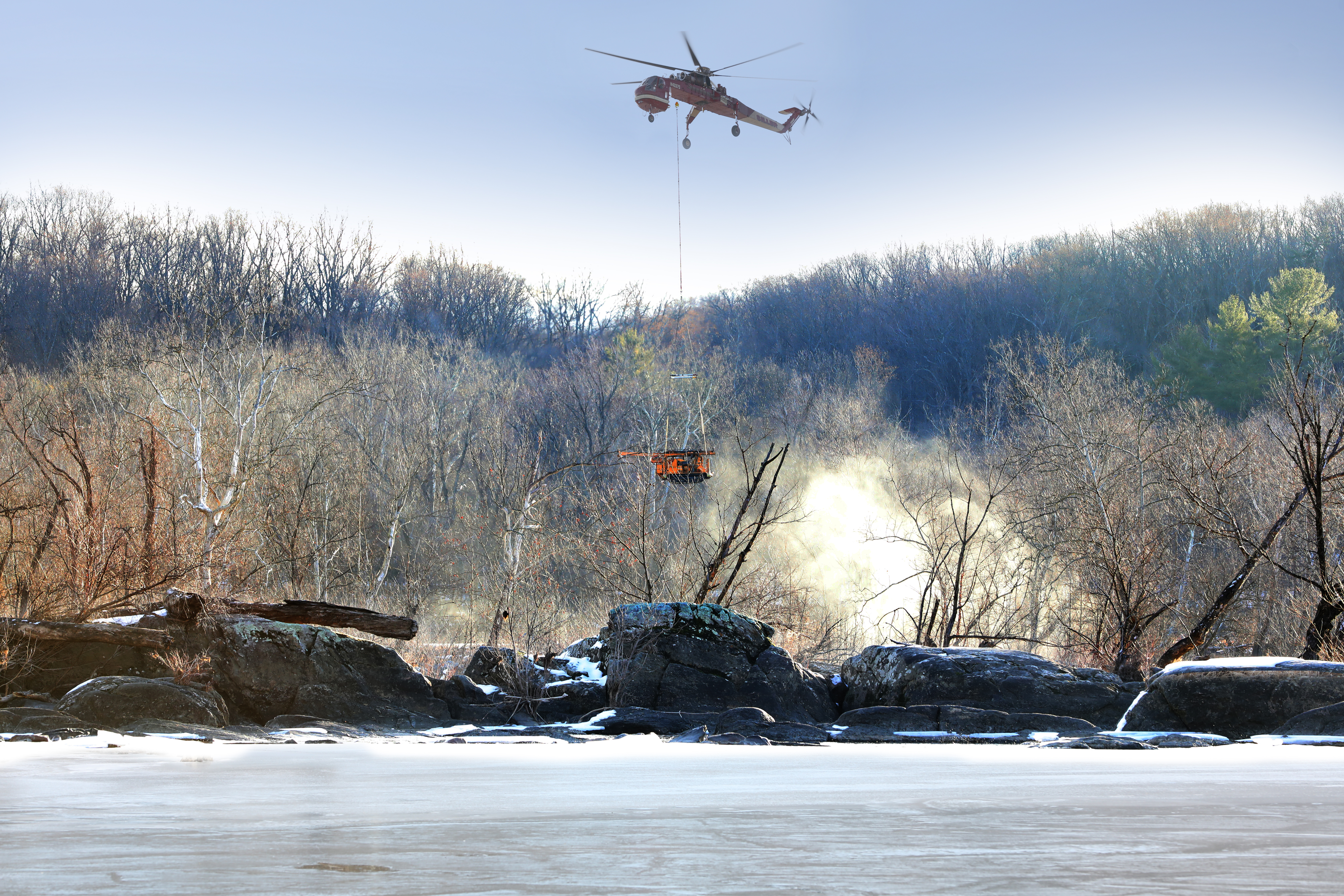| Fire Hydrant Use | Fire hydrants primary purpose is for firefighting. DC Water encourages those that need water sources for construction, demolition, dust control or similar purposes use temporary water service main connections or water trucks. If fire hydrant is the only option, DC Water will accept fire hydrant use permit applications and may approve connections to the fire hydrant. | ||||||||||||||||||||||||||||||
|---|---|---|---|---|---|---|---|---|---|---|---|---|---|---|---|---|---|---|---|---|---|---|---|---|---|---|---|---|---|---|---|
| Regulation | DC Plumbing Code, 12F DCMR §608.18 ̶ Fire hydrant use connections. Connection to a fire hydrant for any use other than firefighting operations shall require pre-approval by DC Water, shall be metered and shall be protected against backflow in accordance with this section. The connection shall include a reduced pressure principle backflow preventer conforming to ASSE 1013, suitable for high hazard applications, which shall carry a current inspection tag less than six months old. The assembly shall be installed within 10 feet (3m) of the hydrant water meter and ahead of any water outlet. | ||||||||||||||||||||||||||||||
| How do I apply? |
Note: DC Water has a limited number of hydrant meter with integrated backflow preventers for rent. Please contact DC Water compliance program at (202) 364-3144 or FHUP@dcwater.com for more details.
|
||||||||||||||||||||||||||||||
| Where do I pick up equipment? |
3900 Donaldson Place NW Monday-Friday, 8:00 AM - 2:00 PM note: Bryant Street will no longer issue equipment beginning October 1, 2019. |
||||||||||||||||||||||||||||||
| How long will it take? | Invoices will be issued up to five days after application and form are submitted. Once deposits and fees are paid, it will take up to two business days for permit approval. |
||||||||||||||||||||||||||||||
| What are the associated fees? |
Note: *Deposits will be refunded minus any damages to equipment and rental fees will be refunded if a balance remains. |
||||||||||||||||||||||||||||||
| Who can I contact for more information? | DC Water Compliance Program: (202) 364-3144 (M-F, 8:00 AM to 3:00 PM) or FHUP@dcwater.com. | ||||||||||||||||||||||||||||||
| What are my responsibilities? |
Approved users of fire hydrants are responsible for the following:
|
||||||||||||||||||||||||||||||
Fire Hydrant Use Permit


